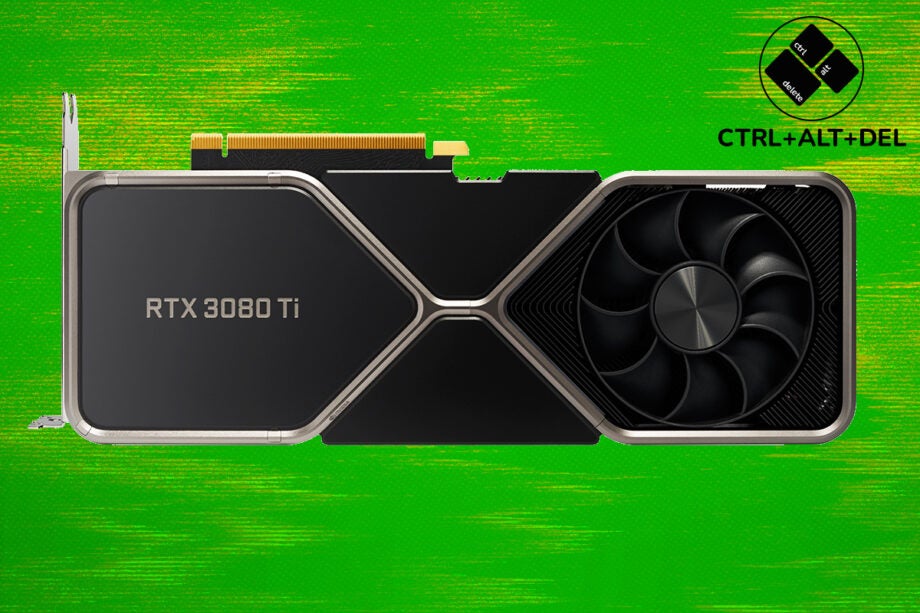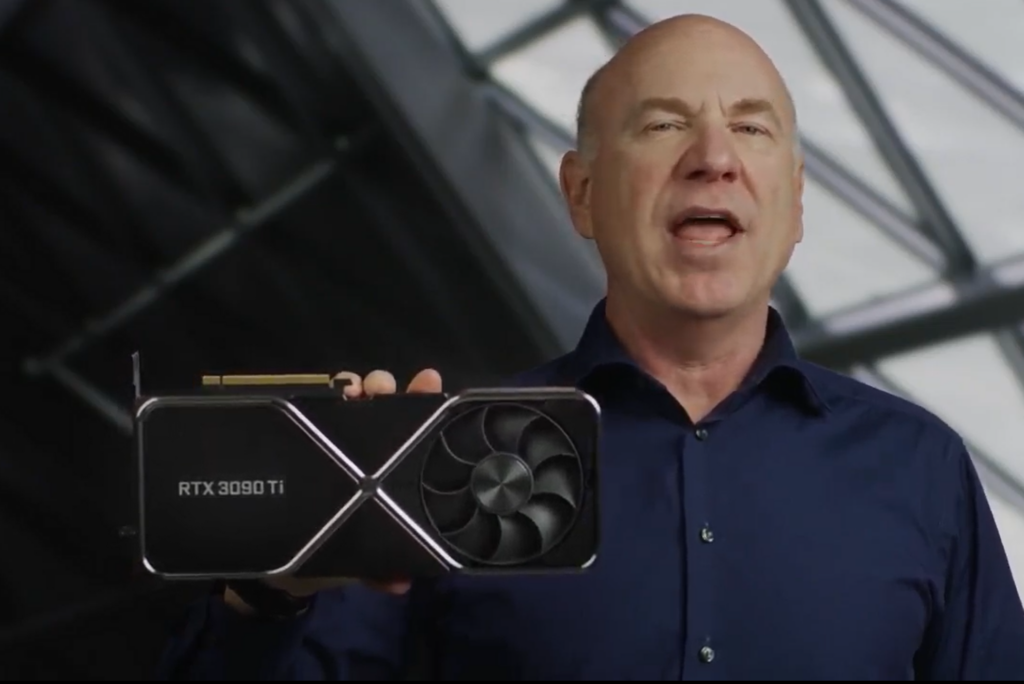Ctrl+Alt+Delete: Nvidia needs to be more mindful about energy bills

OPINION: Nvidia is widely expected to launch its new generation of graphics cards later this year, and while no official details have been released just yet, we are starting to see a few leaks and rumours.
One of the most notable rumours suggests the upcoming Nvidia RTX 4090 could have a 600W TGP (Total Graphics Power), which means it will be consuming far more power than the existing Nvidia RTX 3090, which has a TGP of just 350W.
A high Total Graphics Power has always been an important factor to consider when buying a graphics card, as it not only means you may have to upgrade your PSU, but also results in your PC consuming more power. That latter point is the most concerning, especially with energy costs rising substantially in 2022. And let’s face it, energy bills will arguably get worse before they get better, so this won’t be a temporary issue.
With this in mind, it feels like a particularly bad time for Nvidia to release a graphics cards with absurdly high power consumption. You could argue that anyone who has enough money to pay the rumoured $2000 fee for the RTX 4090 card probably isn’t losing any sleep about rising energy bills, it’s possible that cranking up the power consumption could be Nvidia’s overarching strategy for its entire range of next-generation graphics cards.
For example, renowned leaker kopite7kimi suggests the Nvidia RTX 4080 could have a 450W TGP, which is a 100W increase on the current RTX 3080 graphics card. Of course, this is all based on rumour and speculation, so we can’t be sure about any of this until the company officially unveils the new graphics cards. But the recent launch of the RTX 3090 Ti has also proven that Nvidia is willing to increase the power consumption in order to boost the performance, seeing a 100W higher TGP than the standard RTX 3090 card.

Maybe you could argue that higher power consumption was always going to be inevitable since graphics cards are becoming more and more powerful, but AMD has seemingly contradicted this notion.
The YouTube channel Moore’s Law Is Dead claims AMD’s RDNA 3 GPU architecture will “blow (Nvidia’s) Lovelace out of the water when it comes to efficiency” and so could potentially see a lower power consumption to achieve a similar performance.
It’s way too early to know which GPU range – out of Nvidia RTX 4000 and AMD Radeon RX 7000 – will offer the best performance power. But with energy prices becoming a big concern across the globe, it’s possible that gamers may be swayed by AMD even if it does end up delivering a weaker performance.
But how much does a PC actually cost to run in terms of energy? It’s not as expensive as you may think. The OuterVision Power Supply Calculator shows that a PC with an Intel Core i9-12900K processor, Nvidia RTX 3090 Ti graphics card, dual 16GB DDR4 RAM and an M.2 SSD NVMe SSD will cost £215.29 per year if used for 8 hours of utilization time and 4 hours of gaming/video editing every day of the year – although it’s likely that this calculator hasn’t taken factored in the recent price hike in energy.
You’ll probably save more money by switching off heating and spending less time in the shower, but with energy prices starting to spiral out of control, I’m sure many people will still be looking for every single opportunity to cut down their energy bills. And if Nvidia pushes its luck too much with power consumption, its graphics cards may well be among the first to get the chop.
Ctrl+Alt+Delete is our weekly computing-focussed opinion column where we delve deeper into the world of computers, laptops, components, peripherals and more. Find it on Trusted Reviews every Saturday afternoon.








